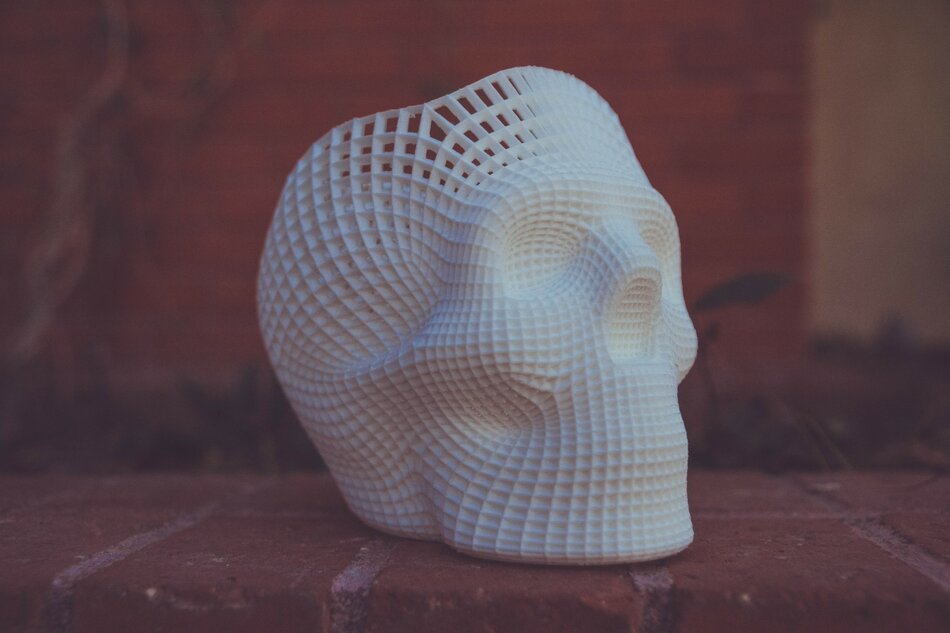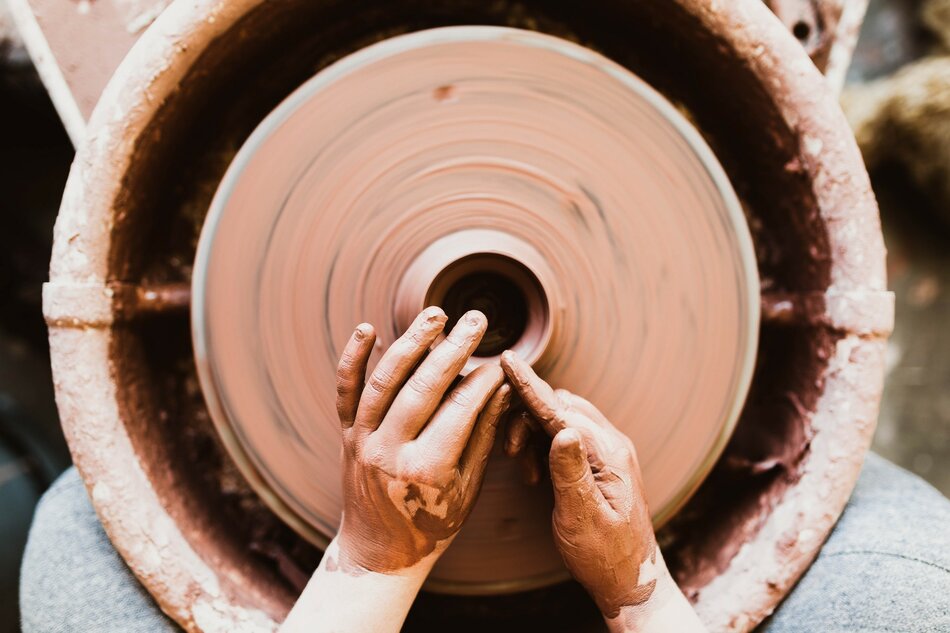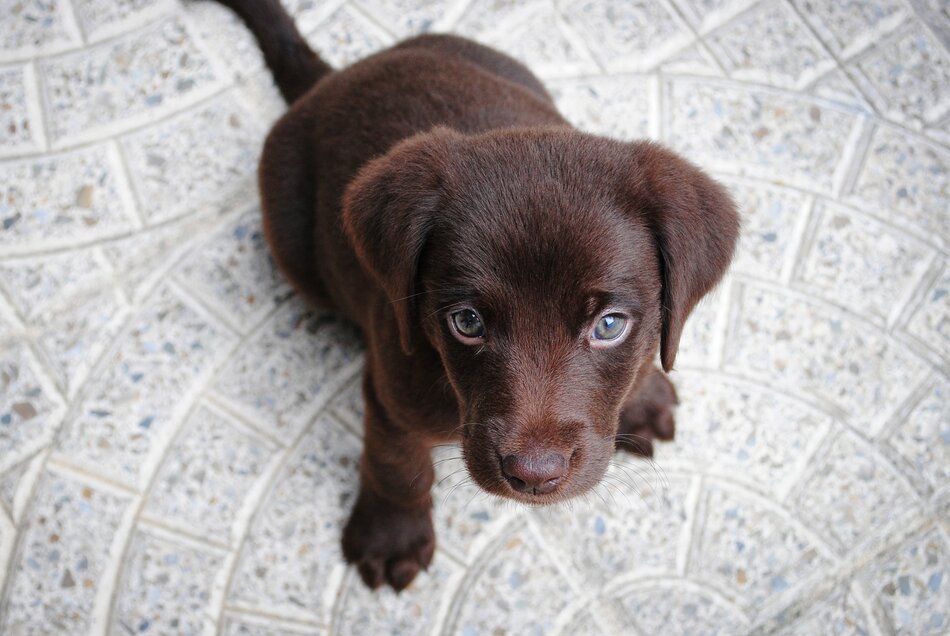Today, it got into my friend Harry’s head that he wants to buy a 3D printer. Normally, I would applaud the decision, so I did. I’ve bought lots of expensive crap I ended up regretting (damn you, quadcopters and photography), but the 3D printer wasn’t one of them. Sure, I don’t use it every day, but it’s amazing to be able to design small things for around the house or parts for hobby projects and seeing them turned into objects in a few minutes.
Since Harry has many questions, as I did when I was his age, I figured I’d answer them all in an article so more people can benefit from them. If you have questions that aren’t covered here, please tweet or toot them to me, and I might add them. Let’s start!
What type of printer do I need?
It depends on what you want to print. The main types of process are FDM printers, which melt filament and draw lines over a surface with it, essentially depositing plastic over the surface very slowly, line by line, and resin-based printers that shine light from a monitor onto a resin which causes it to harden. FDM printers generally have higher print volumes, but are slower and have lower quality, whereas resin printers can print very fine detail faster, but have small volumes and the result is not as durable.
Resin printers are usually used to print small, detailed parts like tabletop figures, and FDM printers are generally used for mechanical parts and other things that can be useful in projects or around the house. Resin is also toxic and harder to work with, as you’ll need to clean the part well, resin tends to get everywhere and stain things, and you will need to dry the part afterwards. Plus, resin is around twice as expensive as PLA.
Personally, I have an FDM printer, as I need it more for functional prints/designs than for pretty ones, but that will depend purely on your use case.
Which specific printer do you recommend?
For an FDM printer, I recommend the one I have, the Wanhao Duplicator i3 (you can also find it rebranded as Monoprice Maker Select, or under a few other names). It’s a Chinese machine that costs around $300, which means that it’s very popular and there’s a large ecosystem of mods/upgrades around it. It’s also a very capable machine, and with a few upgrades it can produce prints that are as good as those from printers over $1000.
The upgrades themselves have been created by owners (including me) who figured they could improve on their printer, and published their designs for free for everyone to enjoy. Yes, this means that you can get the printer and have it print its own upgrades. The only upgrade I actually purchased for my printer is a new hotend, which allows me to print higher-temperature filaments (e.g. PETG) without much hassle, but that’s not necessary, as PLA (the default filament type) is generally what you will use.
For a resin printer, I’ve heard great things about the Anycubic Photon and the Wanhao Duplicator D7.
What color filament should I get?
Black and white are very versatile and I would recommend getting one spool of each, initially. After that, go with what you like, and two spools will generally last you a very long time. I think I use three or four kg a year, if that, but I don’t print very frequently.
Filament costs around $25-$30 per kg for decent PLA.
What type of filament should I get?
As I mentioned above, there are many types, such as:
- PLA - the most common, and it’s biodegradable. This is what you’ll generally be using, as it’s cheap, easy to print with and produces very good results.
- ABS - A hassle to work with but can be smoothed to produce very nice-looking prints. I’ve never used it as the fumes are toxic.
- PETG - Very very durable but a bit harder to print with than PLA, as it tends to produce prints that look more “hairy”, or tend to have more “zits” on their surface. It’s superb if you want to print components that are very hard to break, though.
- Then there are other types I have no experience with, such as wood-like filament, metal-like filament, TPU, elastic filaments, etc. I’ve never used any of them so I can’t say.
How do I actually print things?
To print something, first you need a 3D model of it. You can get models from various sources, such as Thingiverse, which has a lot of free models. A model is basically a file that describes a specific solid object, and that is the reason why programs like SketchUp may not be suitable for creating 3D printing models (SketchUp in particular isn’t great at making solids, things usually have tiny holes that make them unprintable).
After you get the model, you will need to slice it.
Slicing is done by a slicer, unsurprisingly, there are various free ones, and Cura is one of the more popular ones nowadays I use PrusaSlicer, its usability is much, much better than Cura’s.
What a slicer does is take the solid object and convert it into instructions to the printer on how to go over the various surfaces so plastic is deposited everywhere.
The file is sliced into layers that are stacked on top of each other, since the printer starts printing from the bottom and continues up.
A good slicer makes a great deal of difference in the final quality of the object, and they are generally very tunable, having hundrerds of options. Yes. you will need to know how many of the options work, and you will need to tweak them to improve your printing, but it’s not as scary as it sounds.
After you slice the model, you just transfer the resulting file to the printer. That file is called a Gcode file, since it’s literally just a text file containing Gcode commands. Gcode commands are commands that tell the printer what to do, such as “heat the nozzle to 200C”, “move the X axis 3mm to the right”, “go up 0.4mm”, etc.
What sorts of things can I print?
You can print a wide variety of things. The things you print will obviously be made out of a material that your printer supports, usually some sort of plastic. FDM printers are usually not great for printing fine detail, although it can be done, but they’re more suitable for printing mechanical parts with large, straight surfaces. Resin printers can print small detail much more easily, but their print volume is usually constrained, so they can’t make large parts.
Other than those considerations, you can print anything you can model! The simpler the part, the easier it will be to print, things with many holes or arms or very organic forms are going to be harder to print, since the printer will need to be printing in mid-air a lot of the time. Each part of your model will need to be supported from below when printing, so parts with nothing under them will need plastic bases (called “supports”) added below them, which the slicer will usually do automatically for you, and which you will remove after printing. However, that will make printing slower, will use more material and will be a hassle to remove later.
Do I have to connect the printer to a computer?
You usually don’t, since almost all printers can print from an SD card or similar. You can export the Gcode file from the slicer to the card, then put the card in the printer and start the print. However, you will almost certainly want to use Octoprint with a Raspberry Pi 3 to print, since it can give you lots of extra features, such as printing remotely, watching the print through the camera when not at home, creating timelapses and many, many other things. Octoprint is a must-have, so it makes sense to go with the most barebones printer you can find (in terms of onboard computing/controller) and just add Octoprint to it.
Epilogue
That’s it! I hope I’ve answered many of your questions and helped you with making your 3D printer purchasing decisions. Tweet or toot at me if you have more questions, or if you liked/hated the article.



